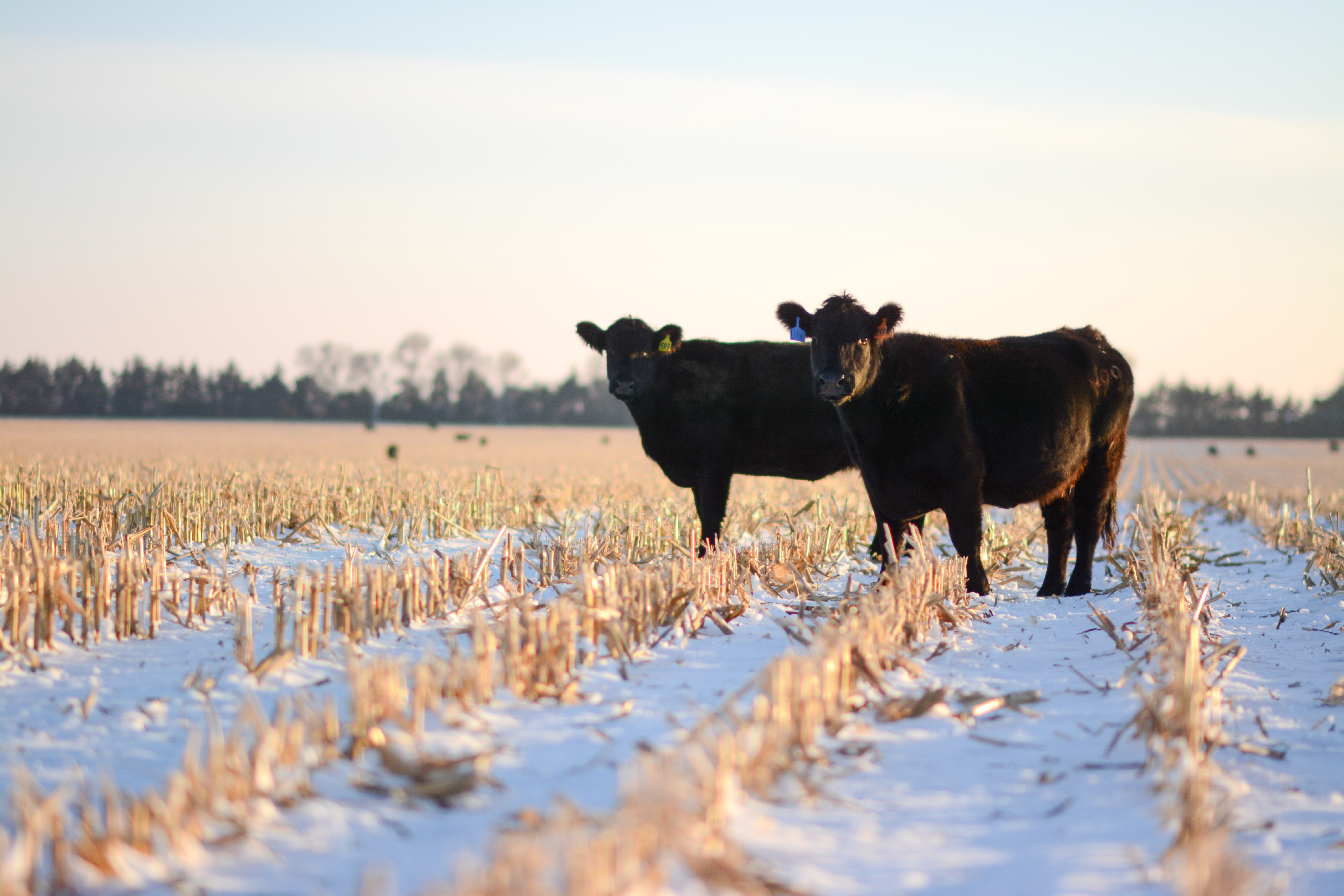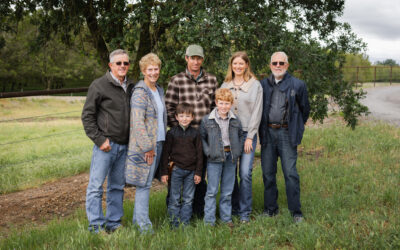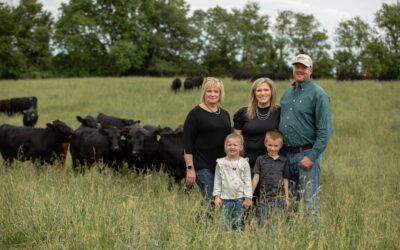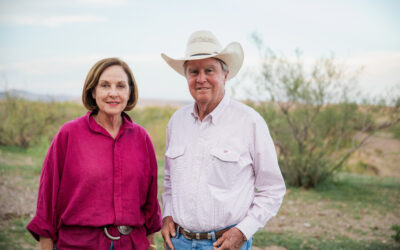
Moo-ving the big rocks
by Nicole Lane Erceg
The new year now feels old once you get into a busy season like calving. There are many spans of time in cattle country that can make us feel there’s too much to do, or too little time in each day.
By now, some resolutions have fallen to the wayside, the rush of reality helping us sort out what matters most in the commitment to get better.
Yet, there are still some that rise above the rest, beat the average and make it look easy
What’s their secret?
A recent visit to a Kansas ranch gave me insight into what sets some cattlemen apart. For 20 years, these brothers focused on raising functional cattle that produced the highest quality beef possible.
Last year, their calves graded 61% Prime.
It wasn’t achieved by single-trait selection, neglecting other traits for the cow herd, or irrational management that ignored profit potential, they assured me.
It was a matter of committing with intense focus to one leading goal and all others in turn rather than just trying to do their best overall.
Have you ever heard the old quote, “A rising tide lifts all boats?”
It’s the same when we narrow our focus. Drop a handful of pebbles into a pond and you’ll only create ripples. Throw in a large boulder and the water level rises.
Once they began to see favorable results on herd goals, they realized continued focus on each goal would build momentum over time.

They just succeed by focusing on one thing at a time.
Sounds simple, but it could be a better way to look at it than trying to raise cattle with some kind of management strategy to excel on all fronts, every day. We might make some progress if we have time to analyze it. Then again, we might be over-complicating things. We might be just tossing pebbles.
You know what goes into making a Prime grading calf? An easy-calving, easy-keeping mother, a consistently proactive health program, adequate nutrition and steady genetic improvement over time.
Framed by an overarching goal that doesn’t interfere with other priorities, we can hit our quality target and improve other areas of the business simultaneously.
Want to earn more money from your calves next year? What’s the single thing you could do that will help you get there fastest? What if you made that top priority for the next year? The next several years? Your workload may not wane, but clarity of purpose could make it seem lighter. That can make all the difference.
Toward the end of my Kansas visit, I asked the brothers if the goal that lifted their calves to mostly Prime grade remains the same priority today.
They shook their heads no.
Having arrived at the pinnacle of quality, they consider carcass merit built in now, as long as they maintain average pressure. They’ve shifted their laser focus to the next big rock in their business: performance. Their calves must reach harvest weight faster and faster.
I’m not suggesting you decide to skip checking heifers this evening to focus instead on office work that’s fallen behind. We still need to run the business on all fronts, but what if we do that with the perspective of moving one big boulder at a time?
you may also like
Legacy in the Golden Land
On a quiet stretch of Northern California rangeland, a different story unfolds. The Borror family’s legacy modestly speaks through the cattle they raise, the ground they steward. The generations who’ve made a life here demonstrate commitment to doing things right, even when no one is watching.
An Ambassador for All
Joanie, with daughter Lindsey and her husband, Adam Hall, raise registered Angus cattle with two primary goals: producing high-quality seedstock that perform well in a wide variety of environments and ensuring end-user satisfaction. Those goals tie everything together, from promoting Angus to other producers to sharing their story with CAB partners and beef consumers.
An Unforgiving Land
What makes a ranch sustainable? To Jon, it’s simple: the same family, ranching on the same land, for the last 140 years. The Means family never could have done that without sustainability. Responsible usage of water, caring for the land and its wildlife, and destocking their herd while the land recovers from drought.



